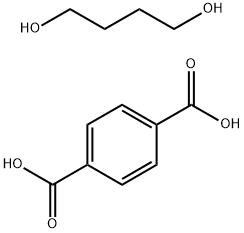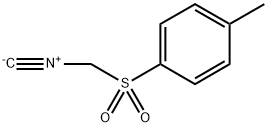PolybutyleneTerephthalate , (PBT),monofilament,diam.0.8 mm,L20 m
Synonym(s):
;PBT;SCFR
CAS NO.:
Empirical Formula: C12H16O6
Molecular Weight: 256.25
MDL number: MFCD00084365
EINECS: 607-857-5
| Pack Size | Price | Stock | Quantity |
| 1EA | RMB3817.46 | In Stock |
|
| others | Enquire |
PRODUCT Properties
| Melting point: | 226 °C |
| Density | 1.31 g/mL at 25 °C(lit.) |
| storage temp. | -70°C |
| form | pellets |
| biological source | human |
| Specific Activity | 6-8nmol/min·mg |
| InChI | InChI=1S/C8H6O4.C4H10O2/c9-7(10)5-1-2-6(4-3-5)8(11)12;5-3-1-2-4-6/h1-4H,(H,9,10)(H,11,12);5-6H,1-4H2 |
| InChIKey | PCVVBHUFWPHCAL-UHFFFAOYSA-N |
| SMILES | C(C1C=CC(C(=O)O)=CC=1)(=O)O.C(CO)CCO |
| CAS DataBase Reference | 26062-94-2 |
| EPA Substance Registry System | Terephthalic acid 1,4-butanediol polymer (26062-94-2) |
Description and Uses
Polybutylene terphthalate (PBT; Poly(butylene terephthalate)) is a semicrystalline thermoplastic polyester considered as a medium performance engineering polymer. It is produced industrially in a two-step batch or continuous process. The first step involves the transesterification of dimethyl terephthalate (DMT) with 1,4-butanediol (BDO) to produce hydrobutyl terephtlate (bis-HBT) at a temperature of 200°C. The second step consists to the polycondensation of bis-HBT at 250°C to yield PBT. It exhibits both excellent electrical properties and chemical resistance. When reinforced with glass fibers, it has improved stiffness and mechanical strength. Typical uses include connectors, capacitors and cable enclosures. PBT is also used in hot appliances such as iron and kettles.
Safety
| WGK Germany | 3 |
| Hazardous Substances Data | 26062-94-2(Hazardous Substances Data) |





